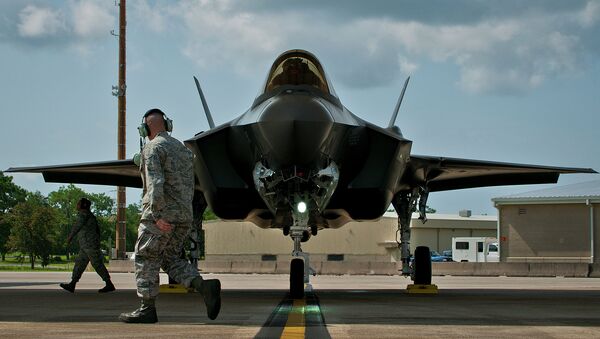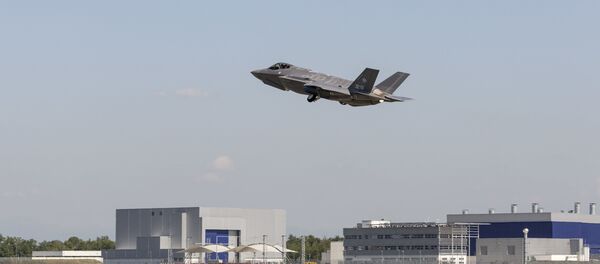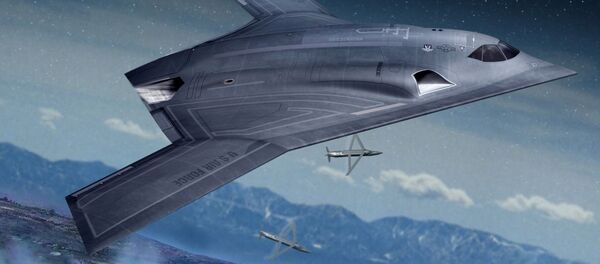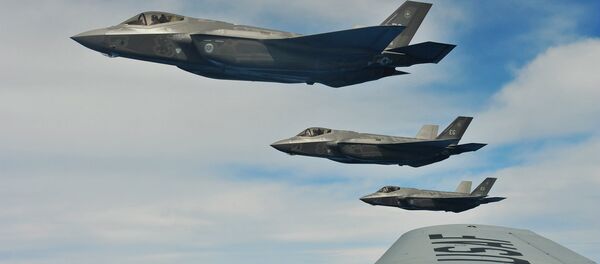"To meet a deadline that Congress found acceptable, the Air Force decided to debut F-35s that it knew full well wouldn’t actually be combat-ready in any meaningful sense of the term," he claimed.
Back in 2012, a group of congressmen from the US House of Representatives pressured the military command of the USAF over the F-35 development program.
To satisfy Congress and dozens of countries which had invested in the JSF program the Air Force’s Air Combat Command announced that its F-35A version of the new jet fighter would be combat-ready no later than December 2016.
However, according to Axe, there was a catch that the Air Force had not planned to make public.
In order to meet the deadline, the command had to seriously water down the F-35, diluting its ability to fly and survive against a determined competitor, such as Russia or China.
"The jet fighter that the Air Force plans to debut sometime before January 2017 is a weak version of itself. One that by the military’s own admission won’t be capable of reliably winning a high-tech battle," the journalist wrote.
Axe pointed out that in 2010 the Air Force command planned to introduce the new warplane no later than October 2016. According to this schedule, the first operational F-35A aircraft would have been capable of performing the full-range of missions against even the best-armed rivals.
However, the plan was foiled by a number of problems revealed, including with the F-35’s engine, sensors, cockpit layout and other subsystems.
The journalist wrote that Hostage wanted to wait to declare the F-35A operational until it had full Block 3 software, compatible for working with all the aircraft’s weapons and sensors.
However, Hostage backtracked from his timeline due to Congress’ persistence and fears that the absence of a firm deadline for war readiness would hurt the F-35’s sales prospects.
According to Axe, the Air Force should seek a compromise – "a combination of a firm and relatively early date for declaring the F-35A operational plus a version of the F-35 that could be ready by that date without also being a total embarrassment to the military."
"Or at the very least, being less embarrassing than having no firm date at all for finally introducing the F-35 into front-line service," the journalist added.
The problem is that the F-35A will be equipped with the Block 3i software instead of Block 3F. That would seriously restrict the combat capabilities of the aircraft and create risks for pilots.
As a result, the F-35 "would be suitable only for 'basic' close air support and other ground-attack missions and 'limited' defense-suppression," the author wrote.





